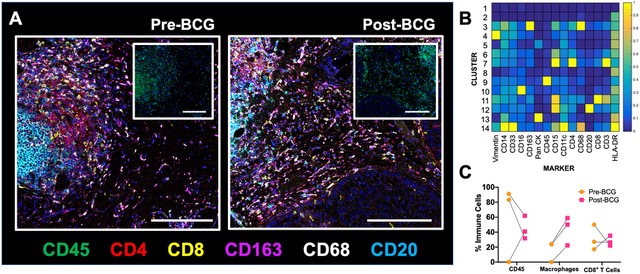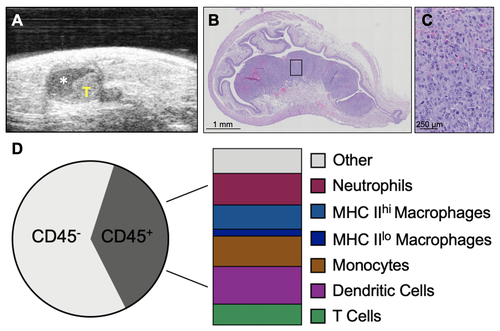Welcome to the Graham Lab at Queen's University
Our research explores certain aspects of cancer progression as well as complications of pregnancy and their impact on subsequent health. Over the years, our research in cancer has focused on investigating mechanisms by which the tumour microenvironment contributes to malignant progression, and one of our longstanding interests has been on studying the effects of tissue oxygenation on the acquisition of malignant properties by cancer cells. More recently, our emphasis has been on examining the interactions between cancer cells and immune cells and on how such interactions can either promote survival or elimination of tumour cells. Our pregnancy research focuses on understanding the role of aberrant inflammation in the pathophysiology of pregnancy complications and on how inflammation can increase the risk of cardiovascular and metabolic disease later in life in the affected mothers and their offspring.


1 Schapiro, D. et al. histoCAT: analysis of cell phenotypes and interactions in multiplex image cytometry data. Nat. Methods 14, 873-876, doi:10.1038/nmeth.4391 (2017).

Opportunities
We are not actively recruiting at this time. However, applications from highly qualified individuals will be considered.